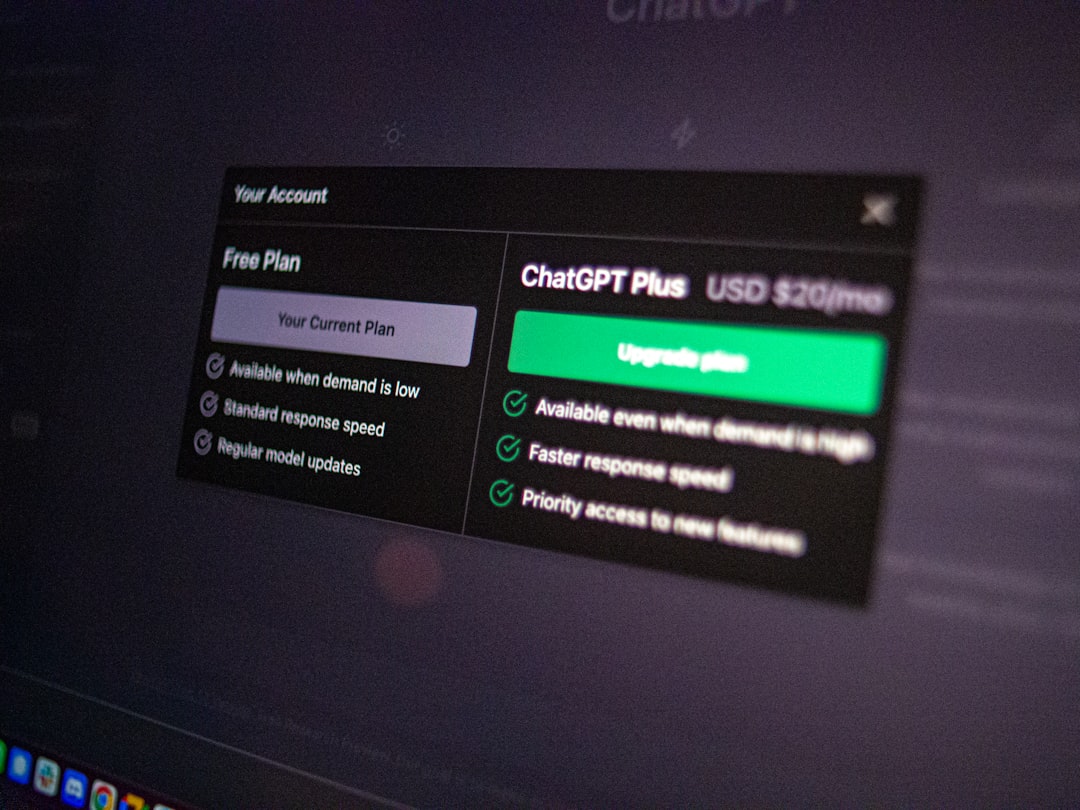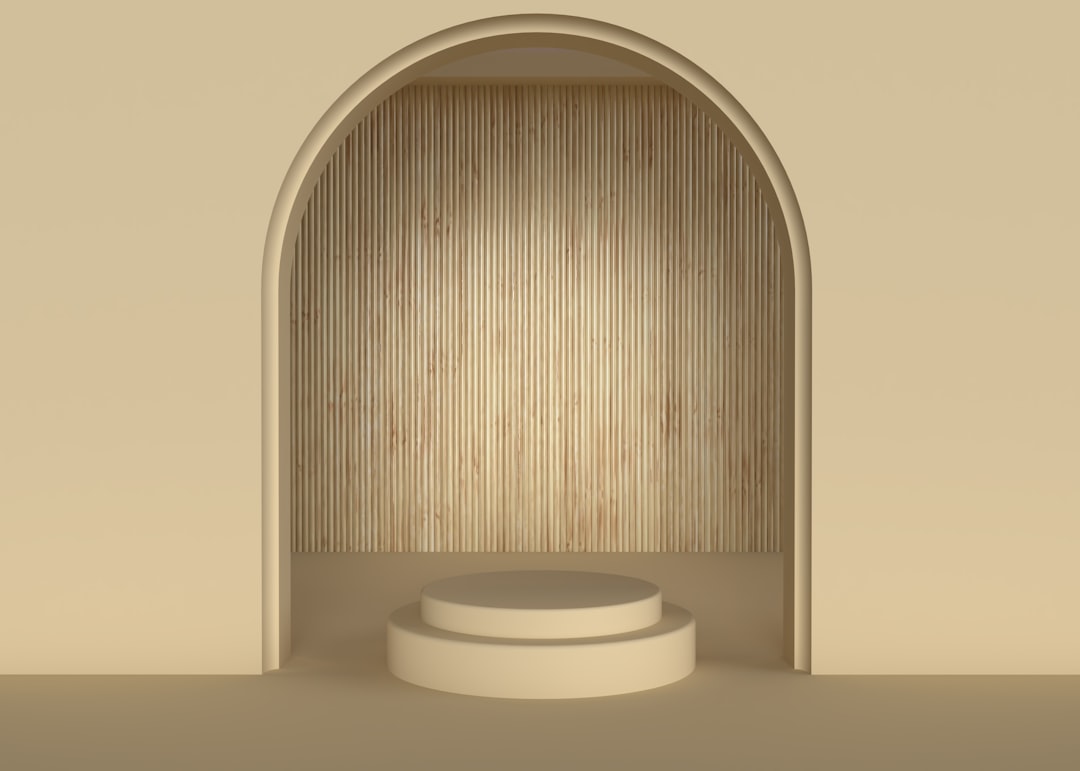In the rapidly evolving world of artificial intelligence, creative design is experiencing a revolution. Tools that used to require human hands and artistic intuition are now being streamlined and supercharged by sophisticated AI platforms. One such innovation making waves is Recraft AI — a generative AI tool designed specifically for designers who want to create high-quality vector art, illustrations, and marketing assets with ease, precision, and unprecedented speed. But what exactly is Recraft AI, and how does it work?
TL;DR
Recraft AI is a design-focused generative AI tool that allows users to create scalable vector illustrations, icons, and design assets through text prompts. It stands out from traditional AI art platforms by offering editable SVGs, multiple sizes and formats, and precision-friendly outputs. Built with designers in mind, Recraft is ideal for creating brand visual assets, marketing content, and digital art with consistent styles. Its intuitive interface and customization options make it a powerful companion for professional and creative projects alike.
What Is Recraft AI?
Recraft AI is a web-based AI design tool that specializes in generating vector-based images, icons, UI/UX designs, and branding assets using natural language prompts. Unlike traditional AI art generators that produce raster images (like JPG or PNG), Recraft is focused on vectors—scalable and editable graphics commonly used in professional design workflows.
Founded with the intention to merge AI with practical design applications, Recraft AI enables users to generate consistent brand visuals that can be exported in popular formats like SVG, PNG, and JPG. It’s not just another AI image tool; it’s specifically engineered to suit the needs of digitally-focused designers, marketing agencies, and branding professionals.

Core Features of Recraft AI
Recraft AI comes packed with features that make it stand out from other generative platforms:
- Text-to-Vector Generation: Users can input descriptive prompts (e.g., “a minimalist rocket icon in flat style”) and receive scalable vector output almost instantly.
- Editability: Outputs in SVG format can be edited in programs like Adobe Illustrator or Figma, allowing for detailed post-editing.
- Style Consistency: Users can define a visual style and generate multiple assets that adhere to that same stylistic logic, perfect for cohesive branding.
- Multiple Formats: Quickly export visuals in PNG, SVG, and JPG formats to suit different project needs.
- User-Friendly Interface: An intuitive, no-coding-needed interface that’s perfect for both designers and marketers.
- Templates and Presets: Recraft includes pre-designed templates for social media posts, app icons, website elements, and more.
How Recraft AI Works
The power of Recraft comes from a combination of natural language processing (NLP), deep learning, and vector-based rendering engines. Here is a breakdown of how the platform operates:
- Prompt Input: The user describes the desired image using a natural language caption.
- Style Selection: The user may optionally pick or create a custom style guide to maintain design consistency.
- AI Interpretation: The underlying AI analyzes the text prompt and style preferences to synthesize a corresponding vector illustration.
- Rendering and Output: The AI renders the output as an editable vector file (usually in SVG), maintaining scalability and clarity at any size.
- Fine-Tuning: Users can regenerate, remix or refine outputs to better match their creative vision.

Use Cases for Recraft AI
Recraft AI is not just a novelty—it’s a serious tool aimed at professional applications. Here are some of the most common use cases:
- Logo and Brand Asset Creation: Ideal for startups and businesses looking to quickly generate branding materials like logos, badges, and icons.
- UI/UX Development: Streamline the creation of visual elements for apps and websites including menu icons, buttons, and onboarding illustrations.
- Marketing and Social Media: Easily create eye-catching visuals for ads, blog posts, and promotional content.
- Educational Content: Teachers and course creators can generate themed graphics and diagrams to reinforce learning.
- Product Design: Useful for rapid prototyping of product concepts, illustrations, and packaging.
What Makes It Different from Other AI Art Generators?
While platforms like DALL·E or Midjourney are known for their powerful image-generation capabilities, they primarily produce rasterized photographs or artworks with fixed dimensions. Recraft AI, by contrast, is built around vectors, which means outputs are resolution-independent and editable.
Other major differentiators include:
- Focus on practical design application (not just artistic expression).
- Optimized output for real-world usage such as icons and interfaces, rather than abstract or hyper-realistic art.
- Support for consistent branding and style guides — a huge advantage for companies managing visual identity.
Limitations and Considerations
Though powerful, Recraft AI is not without its limitations:
- Style Learning is Still Developing: While impressive, the AI doesn’t always perfectly mimic complex or highly specific illustration styles.
- Dependence on Prompt Clarity: Like most generative tools, the quality of output largely depends on how clear and descriptive your prompts are.
- Not a Full-Fledged Editor: It’s best thought of as a creation assistant. For precise detail editing, you’ll still need tools like Figma or Illustrator.
Benefits for Designers and Teams
Designers, marketing teams, and content creators stand to gain significant advantages by integrating Recraft AI into their workflow:
- Faster Iteration: Rapidly explore multiple design directions without manual redrawing.
- Cost-Effective: Reduces the need to outsource vector design for simple tasks.
- Scalable Workflow: Great for startups or agencies producing visual content at large scale.
- Creative Exploration: Encourages experimentation during the early stages of a project.
Future of Recraft AI
As the demand for AI-assisted design grows, Recraft is likely to evolve with additional features like:
- More refined style transfer options
- Integration with design suites like Adobe Creative Cloud or Canva
- Team collaboration features and shared libraries
- API access for custom enterprise use cases
Its trajectory suggests Recraft could become a cornerstone in the designer’s toolbox—bridging the gap between creativity and automation.
FAQs
- Q: Is Recraft AI free to use?
A: Recraft offers both free and premium tiers. The free version provides limited credits per month, while paid plans offer extended usage and additional features. - Q: Can I use Recraft AI commercially?
A: Yes, Recraft AI allows commercial usage of its generated assets, depending on your subscription plan. Always review their licensing terms before using outputs in products or branding. - Q: Does Recraft AI support team collaboration?
A: As of now, Recraft focuses on individual user interfaces but plans for team collaboration features are in development. - Q: How customizable are the results?
A: While the AI handles the initial generation, outputs can be modified and customized further using any standard vector editing tool like Illustrator or Figma. - Q: Can I train it with my own style?
A: Not fully at this time. However, Recraft allows users to select or define visual themes that guide the AI’s aesthetic direction.
